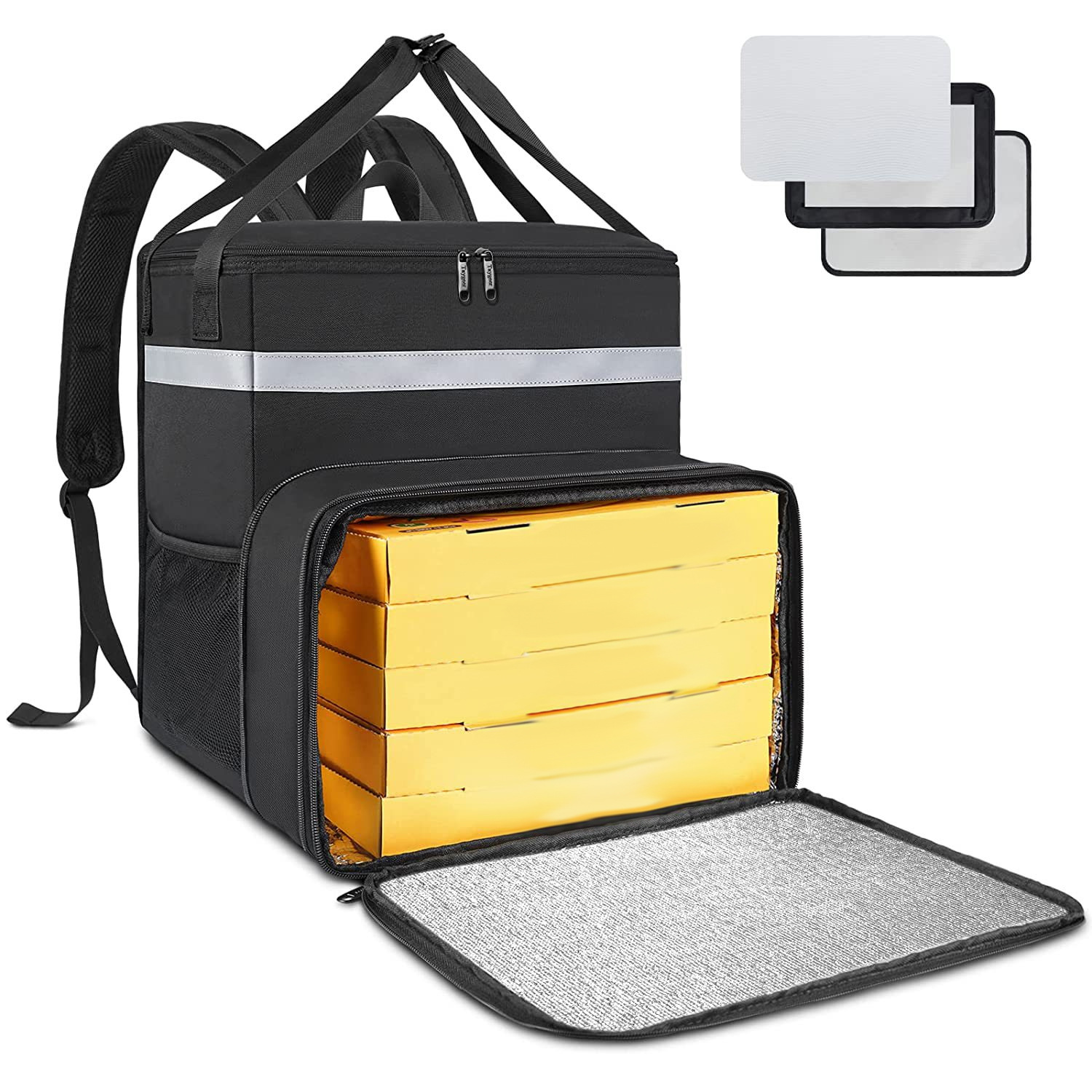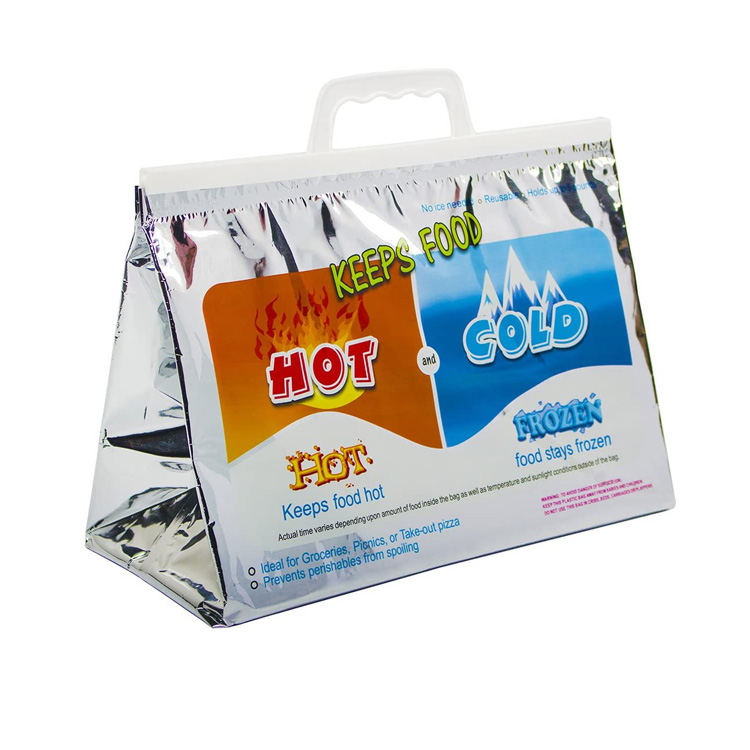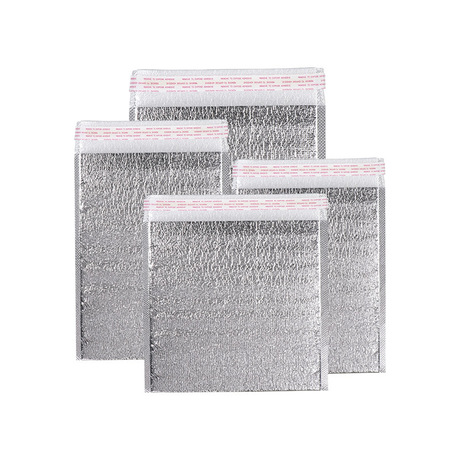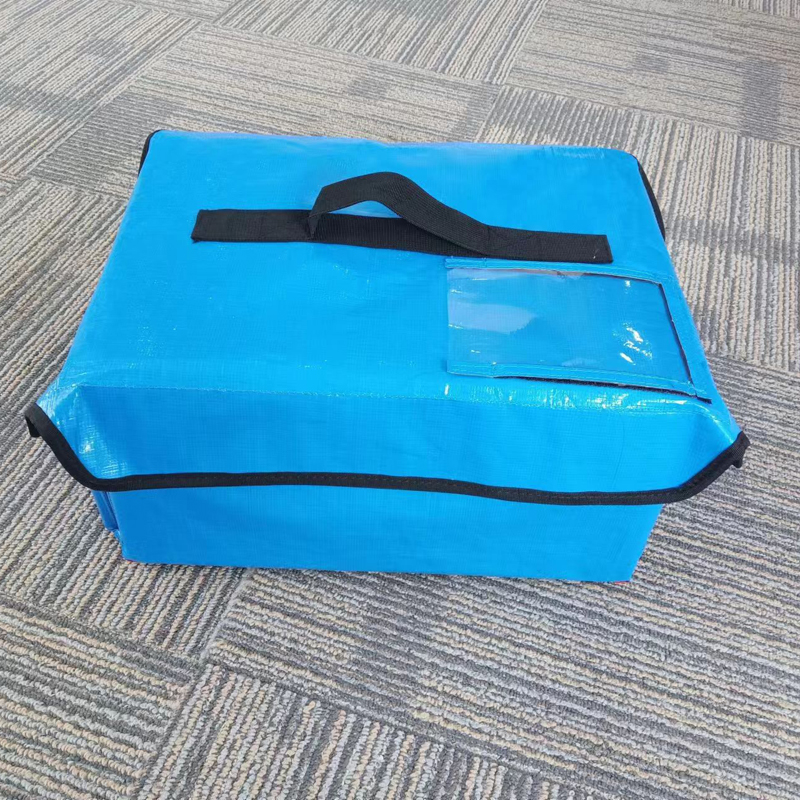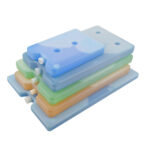The presence of pollution in ice packs mainly depends on their materials and usage. In some cases, if the material or manufacturing process of the ice pack does not meet food safety standards, there may indeed be contamination issues. Here are some key considerations:
1. Chemical composition:
-Some low-quality ice packs may contain harmful chemicals such as benzene and phthalates (a commonly used plasticizer), which can pose a health hazard. These chemicals may seep into food during use, especially in high temperature environments.
2. Damage and leakage:
-If the ice bag is damaged or leaked during use, the gel or liquid inside may come into contact with food or drinks. Although most ice bag fillers are non-toxic (such as polymer gel or saline solution), direct contact is still not recommended.
3. Product certification:
-When choosing an ice pack, check for food safety certification, such as FDA approval. These certifications indicate that the material of the ice pack is safe and suitable for contact with food.
4. Correct use and storage:
-Ensure the cleanliness of ice packs before and after use, and store them properly. Avoid coexisting with sharp objects to prevent damage.
-When using an ice pack, it is best to place it in a waterproof bag or wrap it with a towel to avoid direct contact with food.
5. Environmental issues:
-Considering environmental protection, reusable ice packs can be chosen, and attention should be paid to the recycling and disposal methods of ice packs to reduce environmental pollution.
In short, choosing high-quality and appropriately certified ice packs, and using and storing them correctly, can minimize the risk of pollution. If there are special safety concerns, you can have a detailed understanding of product materials and user reviews before purchasing.







